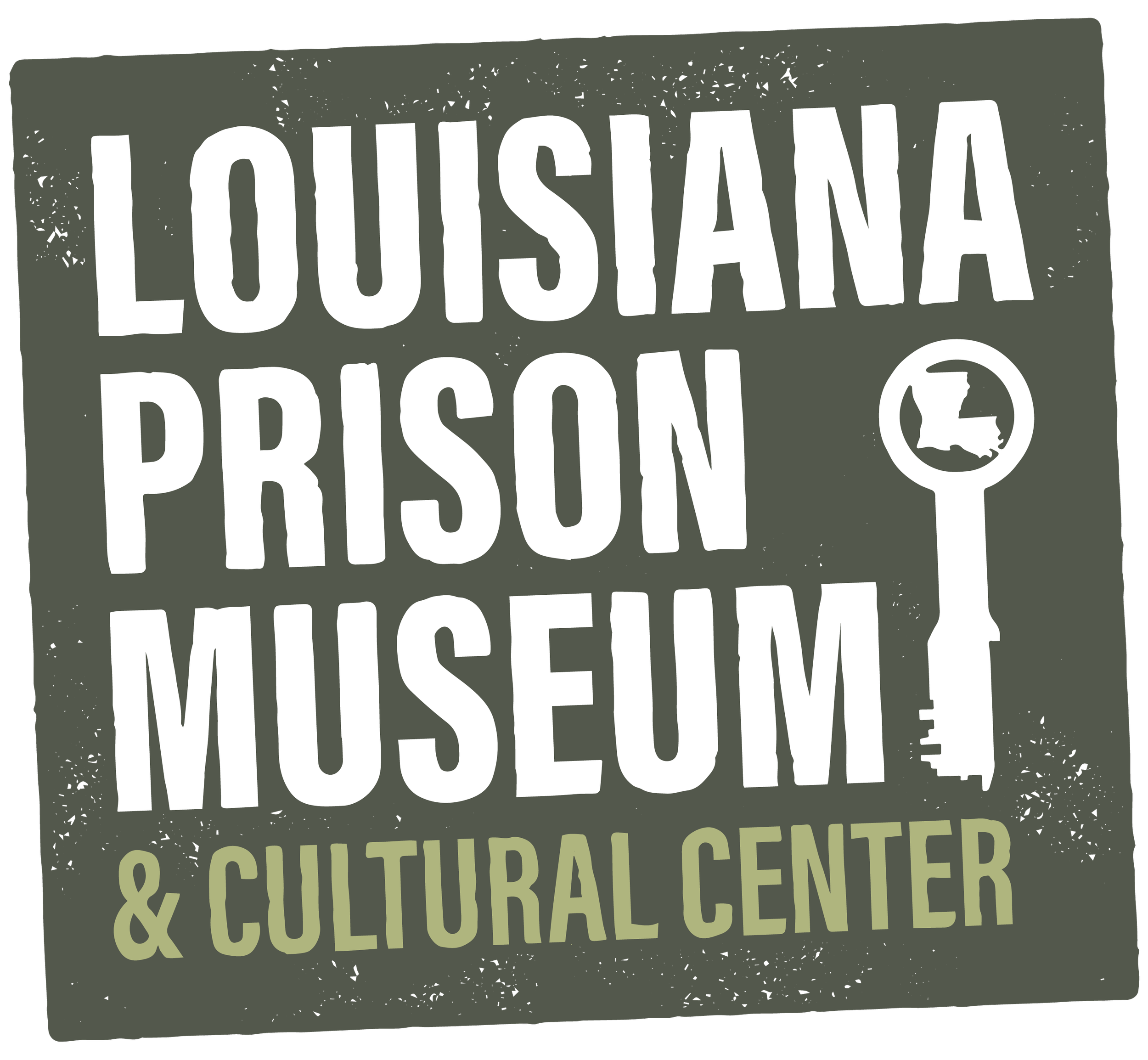“The first Angola Prison Rodeo in 1965.”; Credit: Courtesy of the Louisiana Department of Public Safety and Corrections, 6 September 1965.
The Angola Prison Rodeo is the longest-running prison rodeo that first began in 1965 as a joint endeavor between offenders, prison employees, and civilians who live in Angola’s residential area. The first two rodeos, in 1965 and 1966, were not open to the public.
Beginning in 1967, a limited number of tickets were offered to the general public for admission to the rodeo. Proceeds of those ticket sales, like today, benefited the Inmate Welfare Fund, which funds recreational and educational programs for inmates. Spectators at the first rodeos had to either sit on pickup trucks or bring seating to view the small rodeo.
As the rodeo grew in popularity, the penitentiary built its first rodeo arena in 1969 to contain 4,500 attendees. Today, its popularity has grown so large that the new arena accommodates more than 10,000 attendees.
The rodeo continues as a behavioral incentive to reward offenders with good behavior to compete in various rodeo events, earn money in the competition, and sell hobbycraft, inmate-made furniture, art, and jewelry. Inmate participation is entirely voluntary. Many offenders see the rodeo as a rare opportunity to feel a part of society outside of the gates and take pride in showcasing their talents.
“Offenders compete in the Guts and Glory event.”; Credit: The Angolite, 2018.
Events
The Prison Rodeo incorporates traditional and unique events. Like a traditional rodeo, it hosts bull riding, bronco riding, barrel racing, and steer wrestling. Uniquely, the Prison Rodeo also includes Convict Poker, where four offenders play poker seated at a table with a loose bull and the last sitting offender wins, and Prisoner Pinball, where offenders stand in randomly placed hula-hoops with a loose bull and the last offender still in their hula-hoop wins. The grand finale and most infamous event at the rodeo is Guts and Glory. In Guts and Glory, a poker chip is fastened to the head of a huge longhorn bull and released into the arena as inmates scramble to snatch the chip and win the monetary prize.
“An offender competes in the bull riding competition in 2018.”; Credit: The Angolite, 2018.
Safety
The events at the rodeo are real and can be dangerous. However, the Angola Prison Rodeo is produced by rodeo professionals with years of experience. Each event has trained professional rodeo clowns whose primary job is to save lives by distracting bulls from hurting offenders. Offenders are also required to wear protective gear. Additionally, emergency vehicles and personnel are always right outside the arena in case someone is hurt.



